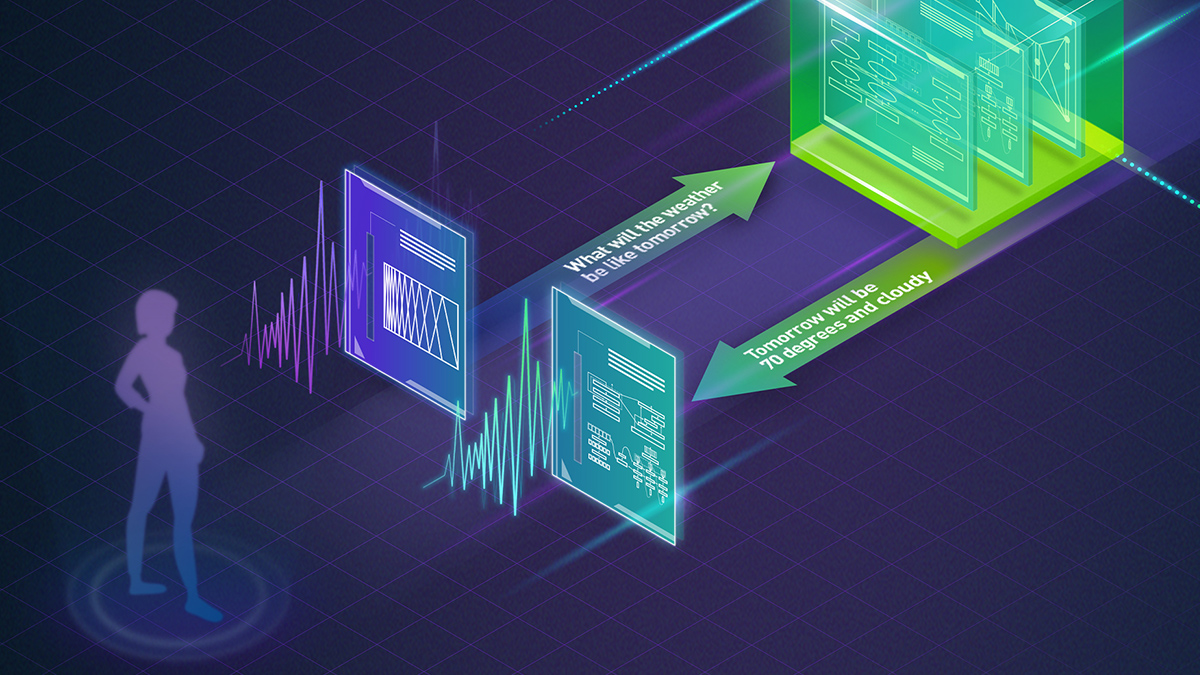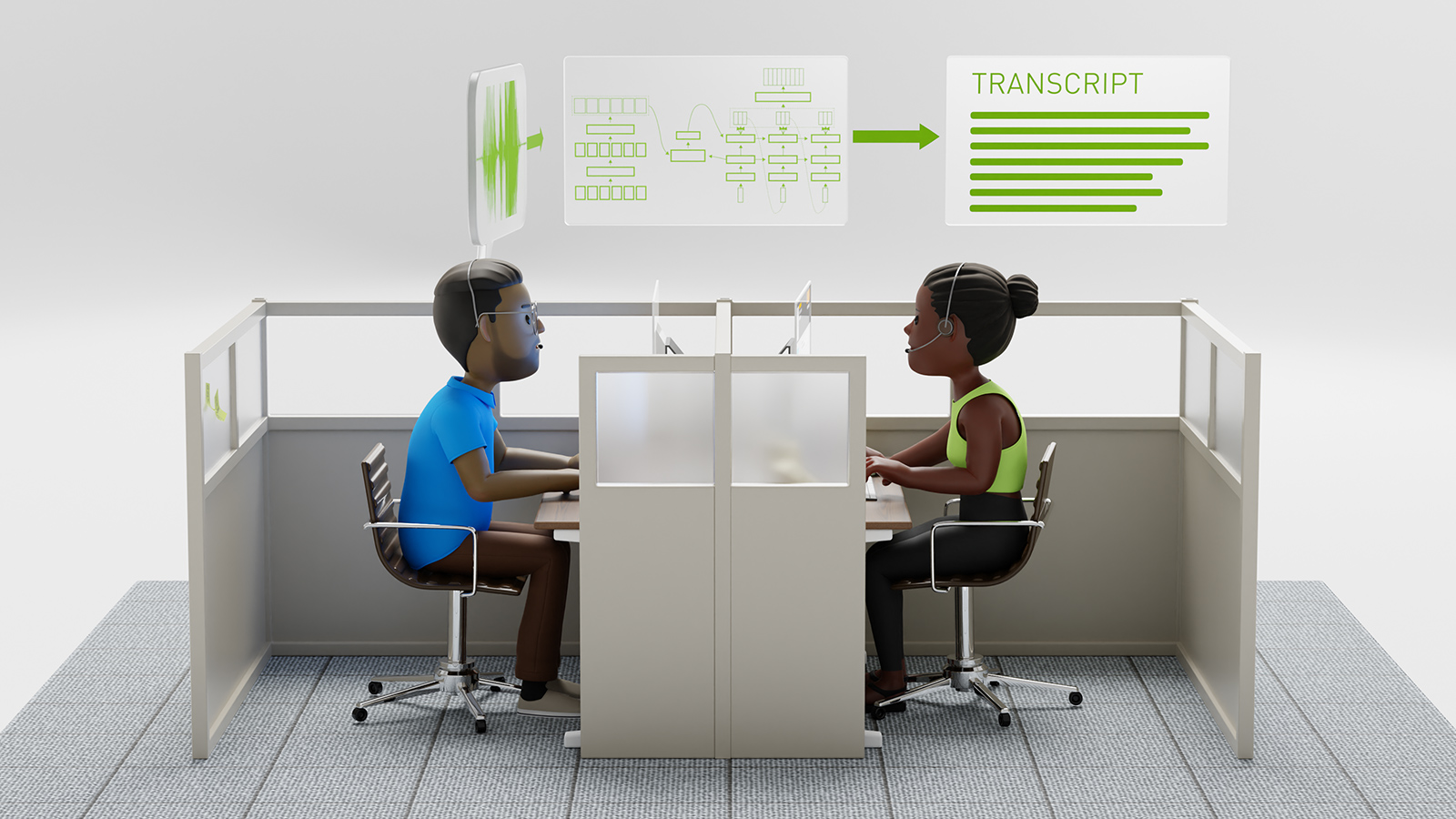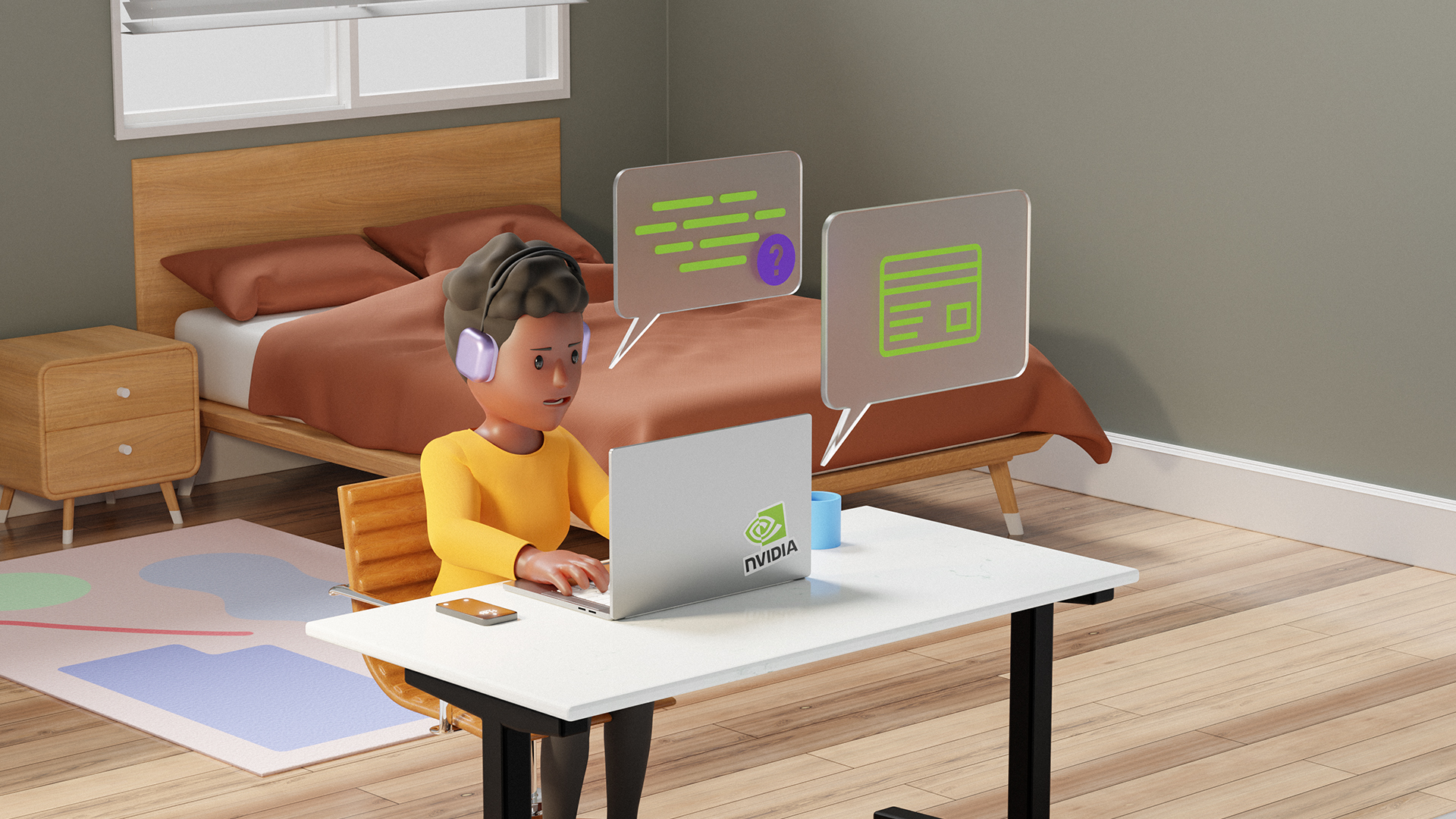From an AI algorithm that can predict earthquakes to a system that can decode rodent chatter – here are the top 5 AI stories of the week.
5 – Deep Learning Shakes Up Seismology with Quake Early Warning System
Most people can’t detect an earthquake until the ground under their feet is already shaking or sliding, leaving little time to prepare or take shelter.
Scientists are trying to short circuit that surprise using the critical time window during the spread of seismic waves out from a temblor’s hypocenter — an earthquake’s underground point of origin.
4 – CUDA 10.1 Now Available
CUDA 10.1 is now available for download. This version includes a new lightweight GEMM library, new functionality and performance updates to existing libraries, and improvements to the CUDA Graphs API.
Additionally, CUDA 10.1 includes bug fixes, support for new operating systems, and updates to the Nsight Systems and Nsight Computedeveloper tools.
3 – Using GANs to Generate Voice Skins
Developers from Modulate AI, a startup located in Massachusetts, developed a deep learning-based system that can generate “voice skins.” The tool gives users the freedom to sound however they want. The team is currently using NVIDIA V100 GPUs for both training and inference.
“We wanted a GPU-based inference model for our website in order to keep up with many users at once, since the V100 can convert 24kHz audio at ~80x realtime,” said Carter Huffman, CTO at Modulate.
2 – Startup Revs Up Vehicle Videos to Spot Potholes
RoadBotics works with more than 100 cities to use AI to detect potholes for better road maintenance.
The company scores roads on a one-to-five, color-coded scale. A road scoring a one and coded green suggests a smooth ride. A road scoring a five and coded red — hold onto your coffee mug! — indicates a desperate need for repairs.
1 – DeepSqueak Helps Researchers Decode Rodent Chatter
University of Washington researchers developed a deep learning-based system that can detect and classify rodent ultrasonic vocalizations.
For training and detection, the researchers used MATLAB and NVIDIA GeForce GPUs.
A paper describing the sources and methods was recently published on Nature. The code is also available on GitHub.






